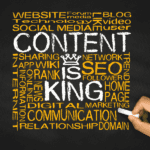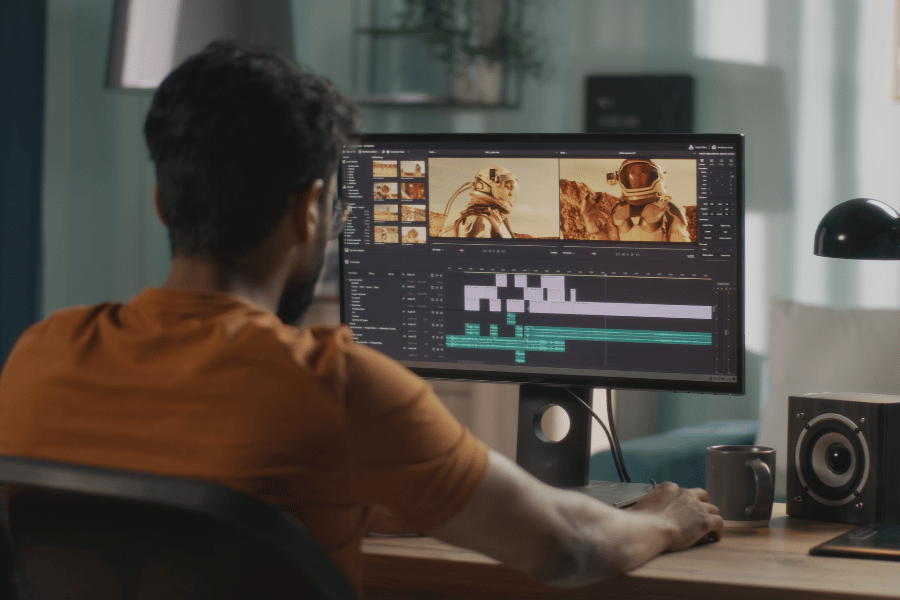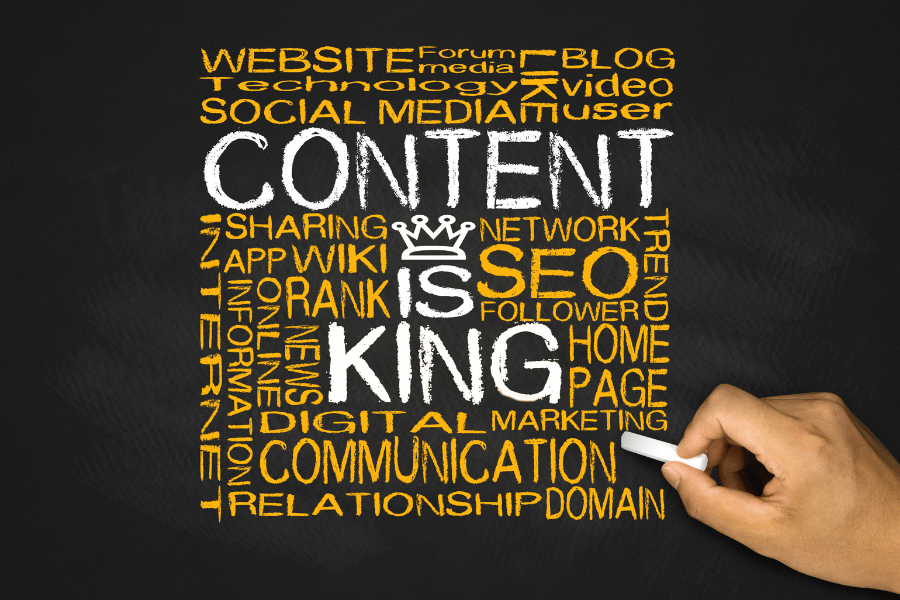
How to Repurpose Content for Maximum Reach
October 28, 2024
How to Leverage Social Proof in Marketing to Build Trust
October 28, 2024The Importance of Visual Content in Marketing
Visual content is no longer just a nice-to-have in marketing—it’s a necessity. In an era where audiences are bombarded with information, visuals help capture attention and make content more engaging and memorable. Whether it’s infographics, images, or videos, incorporating visual content into your marketing strategy can significantly enhance your brand’s visibility, engagement, and performance.
In this post, we’ll explore why visual content is essential in marketing, the types of visual content you should consider using, and how it can improve your marketing efforts.
Why Visual Content is Crucial
Visual content plays a crucial role in today’s digital landscape for several reasons:
- Increases Engagement: Visuals are processed faster than text, making it easier to capture your audience’s attention. Posts with visuals receive more engagement on social media, blogs, and other platforms.
- Improves Information Retention: Research shows that people retain information better when it’s paired with a visual. Adding images or videos to your content makes it more likely that your audience will remember your message.
- Boosts SEO: Visual content can improve your website’s SEO performance. Search engines prioritize rich content, and adding images, videos, and infographics to your pages can help improve rankings.
Types of Visual Content to Include in Your Marketing
Infographics:
Infographics are a powerful way to convey complex information in a visually appealing and easily digestible format. They combine data, visuals, and concise text to tell a story or present data in an engaging way. Infographics are highly shareable and can help attract backlinks.Videos:
Video content is one of the most engaging forms of media available. From product demos to customer testimonials, videos can tell your brand’s story in a way that’s more compelling than text alone. With platforms like YouTube, Instagram, and TikTok growing in popularity, incorporating video content can significantly expand your reach.High-Quality Images:
Adding high-quality images to your blog posts, landing pages, and social media can make your content more visually appealing and professional. Images break up large chunks of text, making your content more scannable and user-friendly.Memes and GIFs:
Memes and GIFs are fun, shareable visuals that can inject humor into your content. When used appropriately, they can humanize your brand and increase engagement, particularly on social media platforms.User-Generated Content (UGC):
Encourage your customers to share photos or videos of themselves using your products. User-generated visuals not only build social proof but also provide authentic, relatable content for your brand.Charts and Graphs:
For data-driven content, charts and graphs can help simplify complex information, making it easier for your audience to understand. Visualizing data is essential for enhancing comprehension, especially in content-heavy pieces like reports or case studies.
How Visual Content Boosts Engagement and Performance
Increased Social Media Engagement:
Posts that include images or videos are more likely to receive likes, shares, and comments on social media. Platforms like Instagram and Pinterest, which prioritize visuals, are prime spaces to showcase your brand’s visual content.Enhanced User Experience:
Visual content breaks up large blocks of text, making your blog posts, emails, and web pages easier to read. This improves the overall user experience, encouraging visitors to stay on your site longer and consume more content.Improved Brand Recognition:
Consistent use of visual elements, such as your logo, brand colors, and fonts, across all your marketing materials helps improve brand recognition. This consistency makes your brand more memorable and reinforces your identity in the minds of your audience.Higher Conversion Rates:
Visual content can guide your audience toward taking action. Whether it’s a product image, a testimonial video, or an infographic explaining the benefits of a service, visuals make it easier for customers to understand and decide to convert.
Tools for Creating Visual Content
- Canva: An easy-to-use design tool for creating infographics, social media images, and other visual content.
- Adobe Spark: A powerful tool for creating professional-grade videos, images, and graphics.
- Piktochart: A tool specifically for creating infographics, charts, and presentations.
Incorporating visual content into your marketing strategy is essential for engaging your audience, improving retention, and boosting overall performance. Whether through videos, infographics, or user-generated content, visuals are a powerful tool for communicating your brand’s message. Start integrating more visual content into your marketing efforts and watch your engagement and conversions rise.




